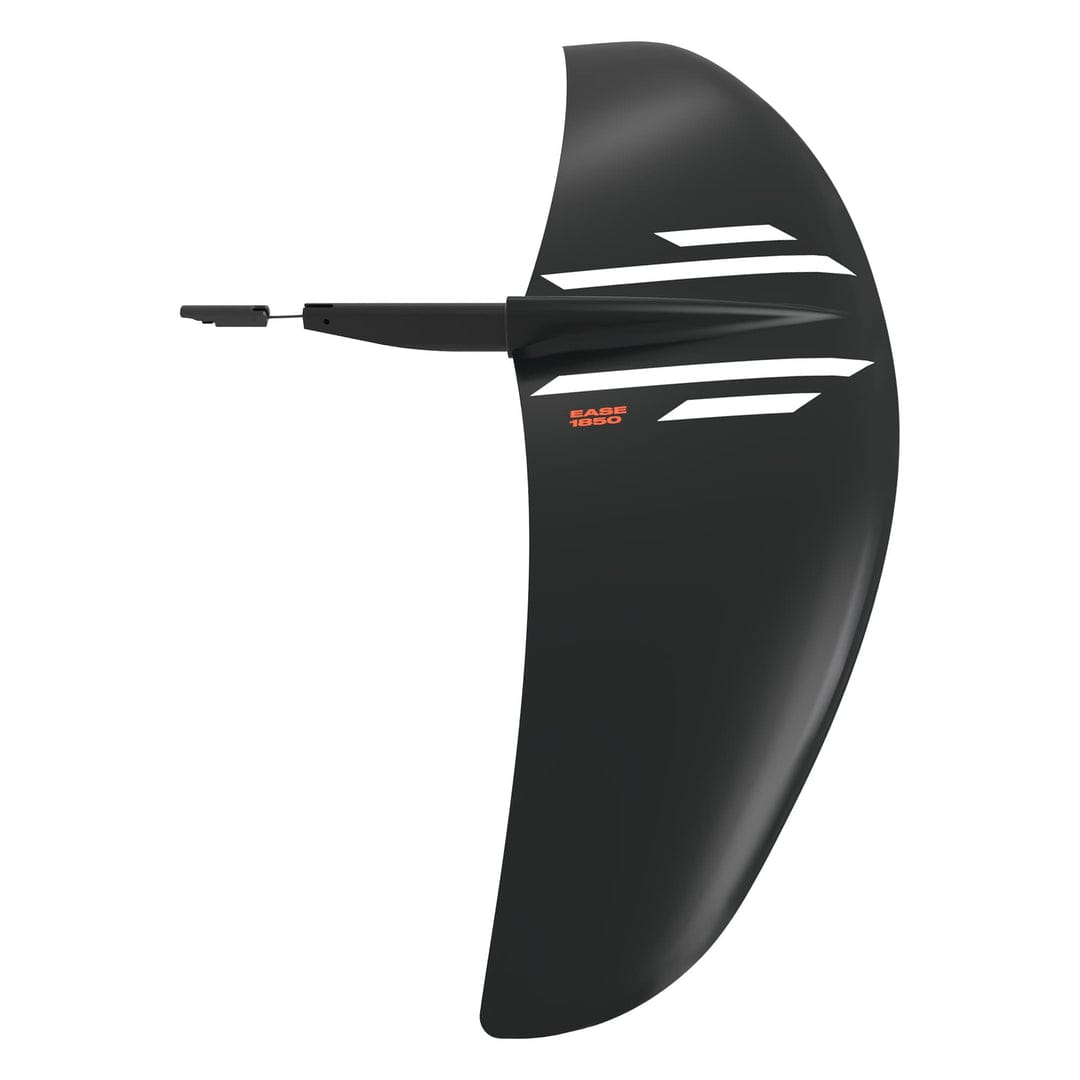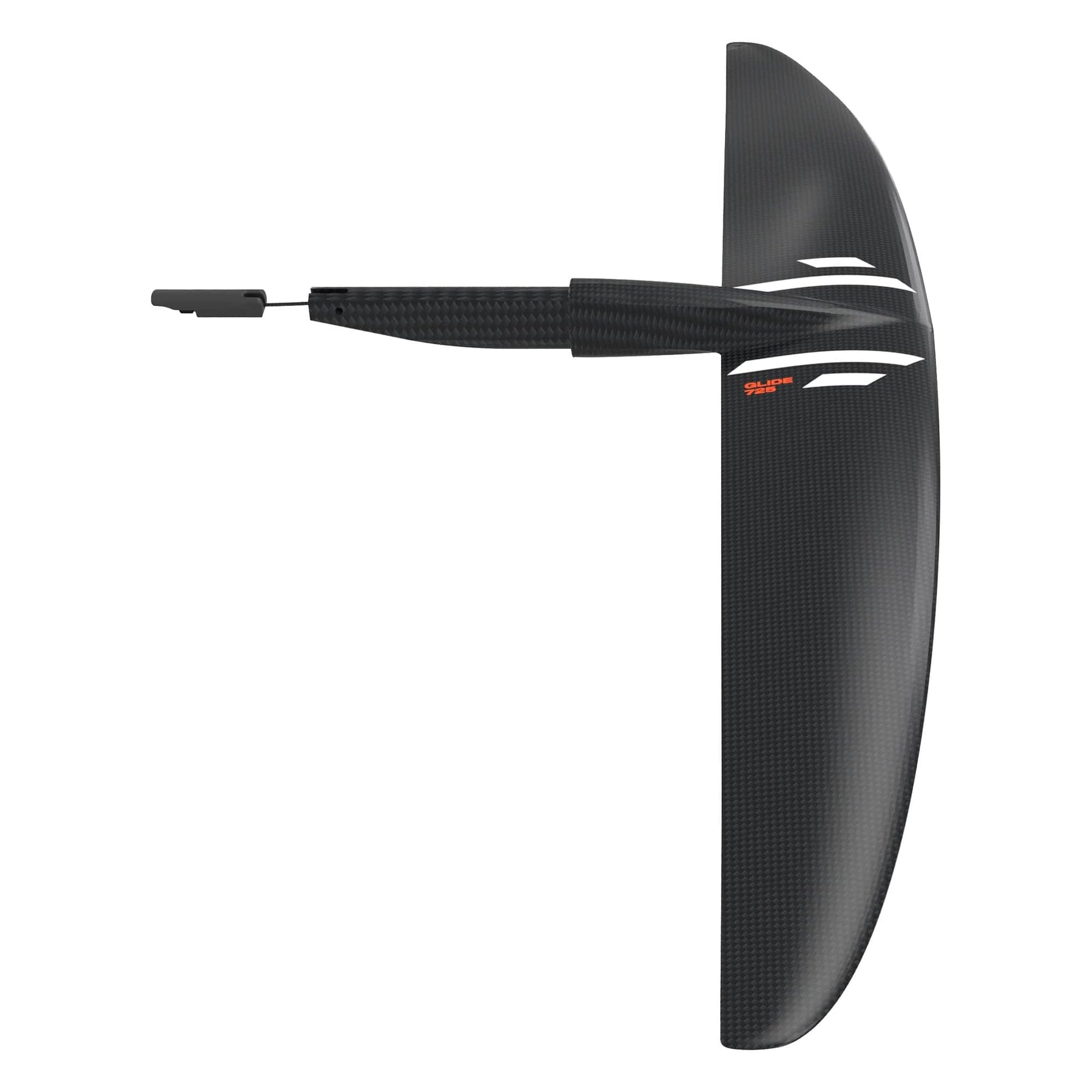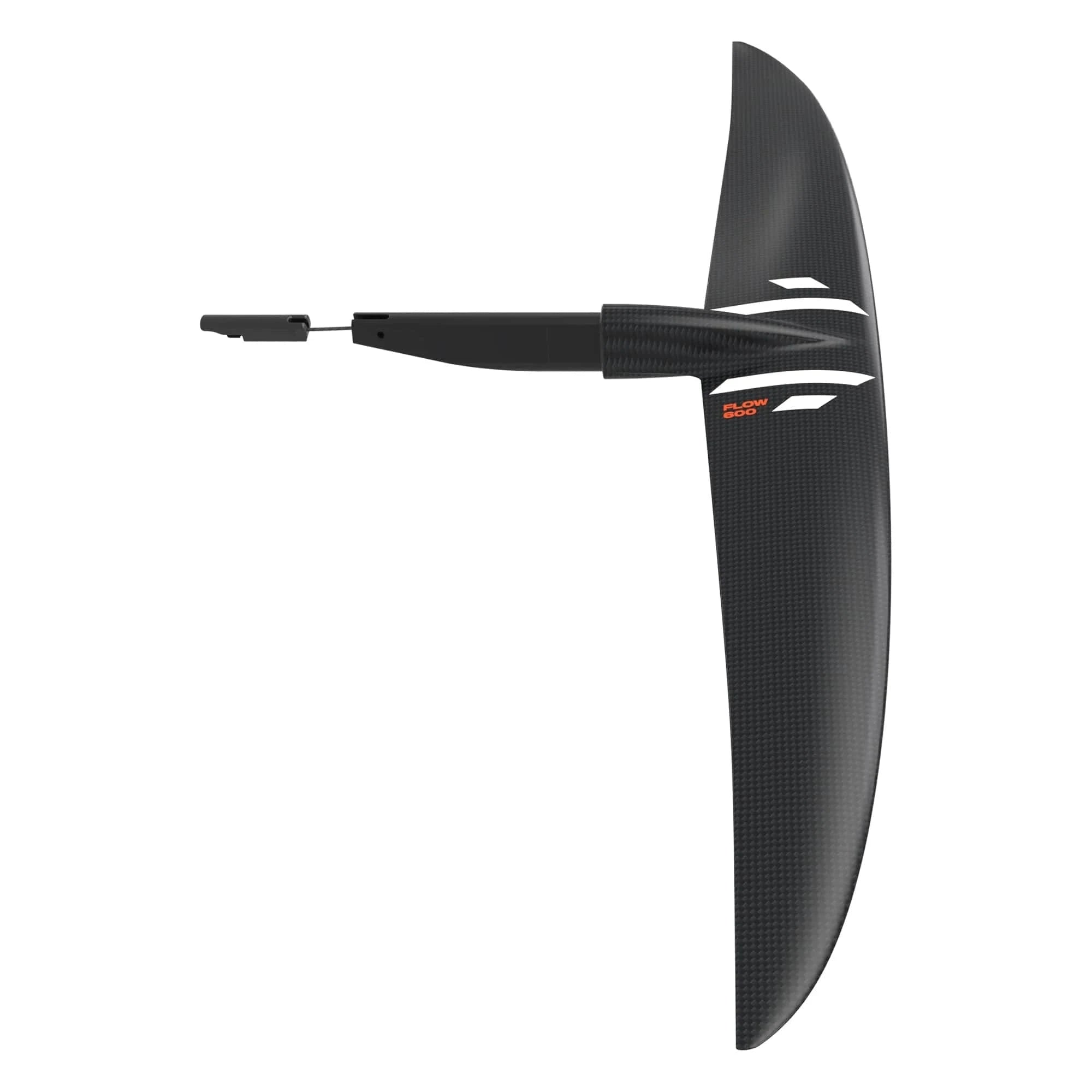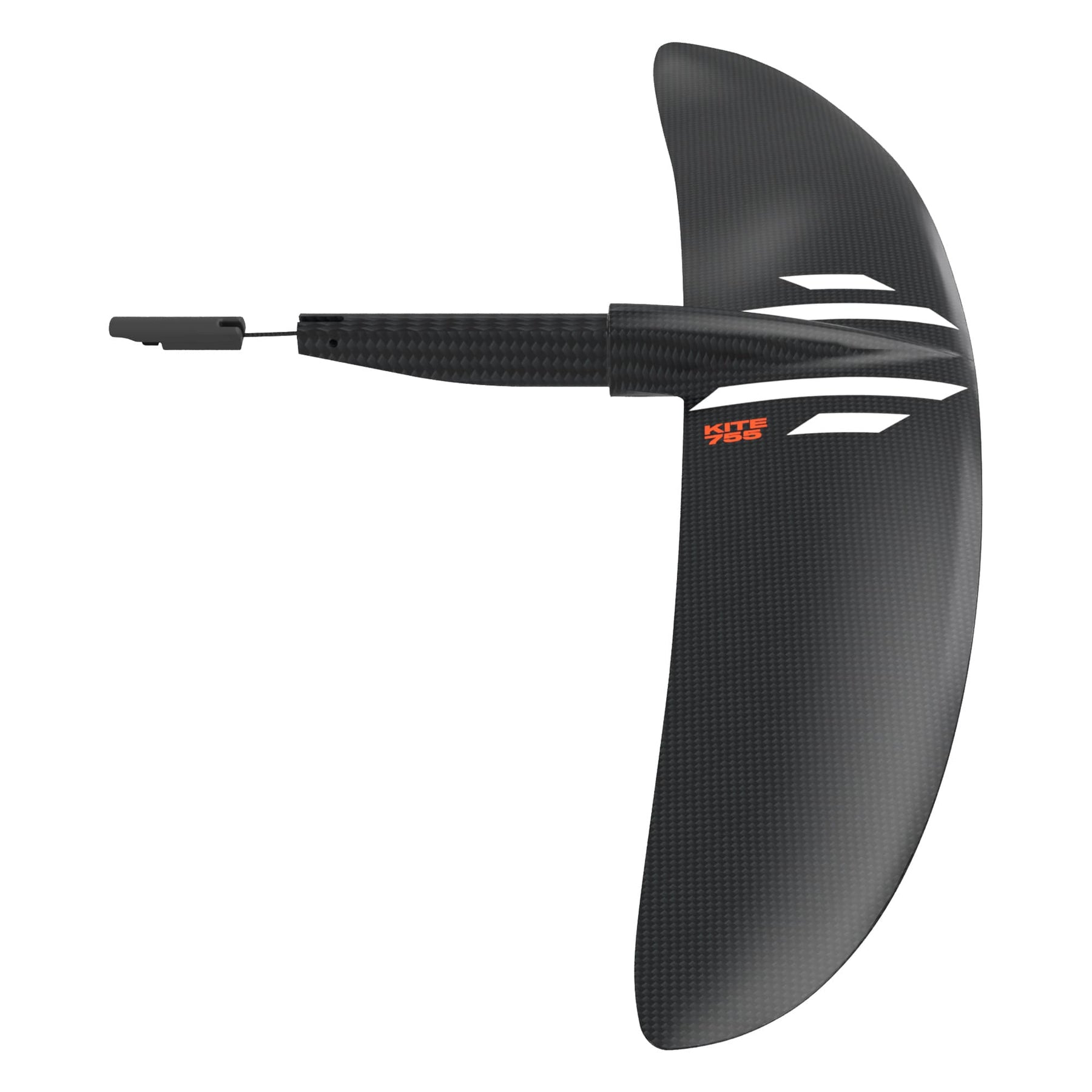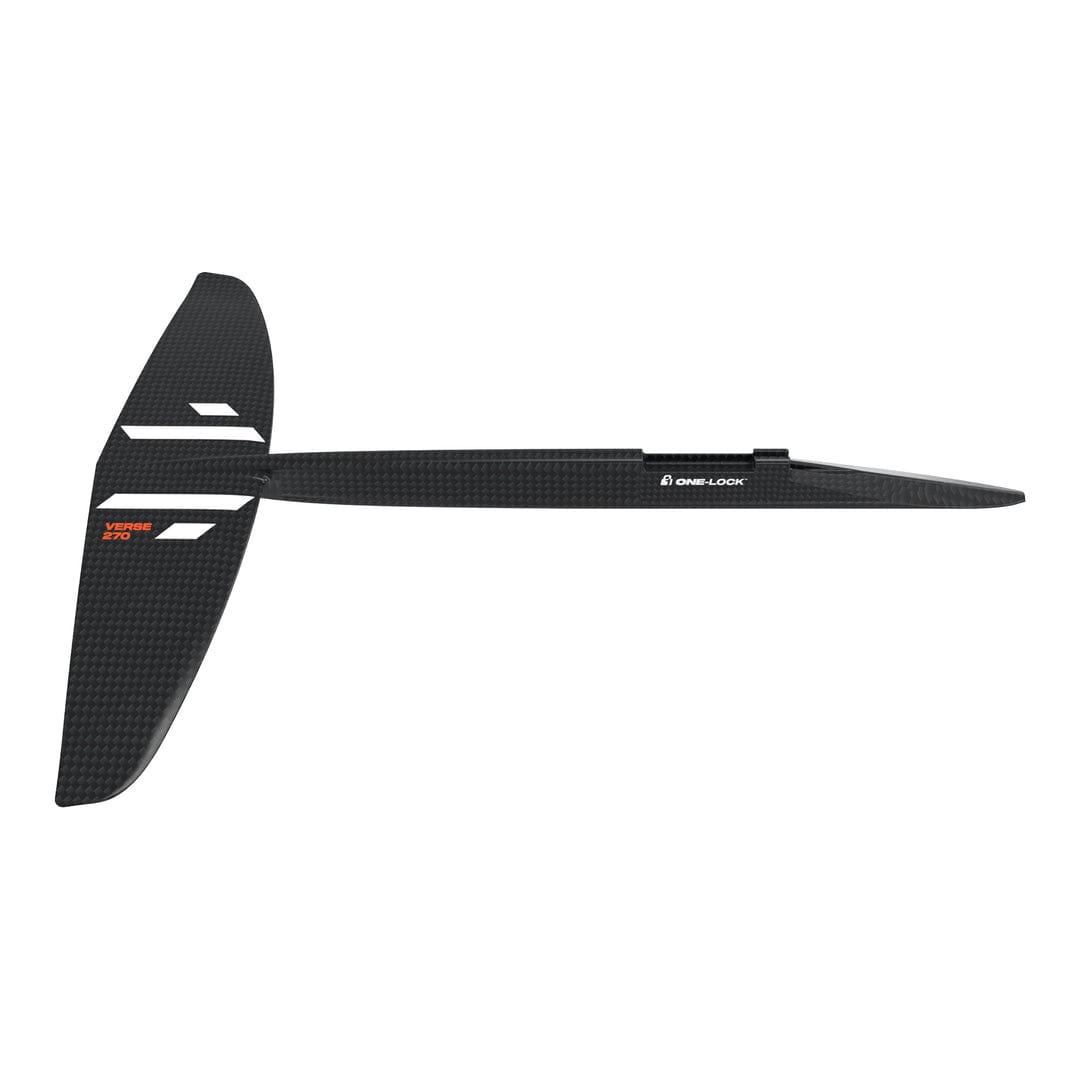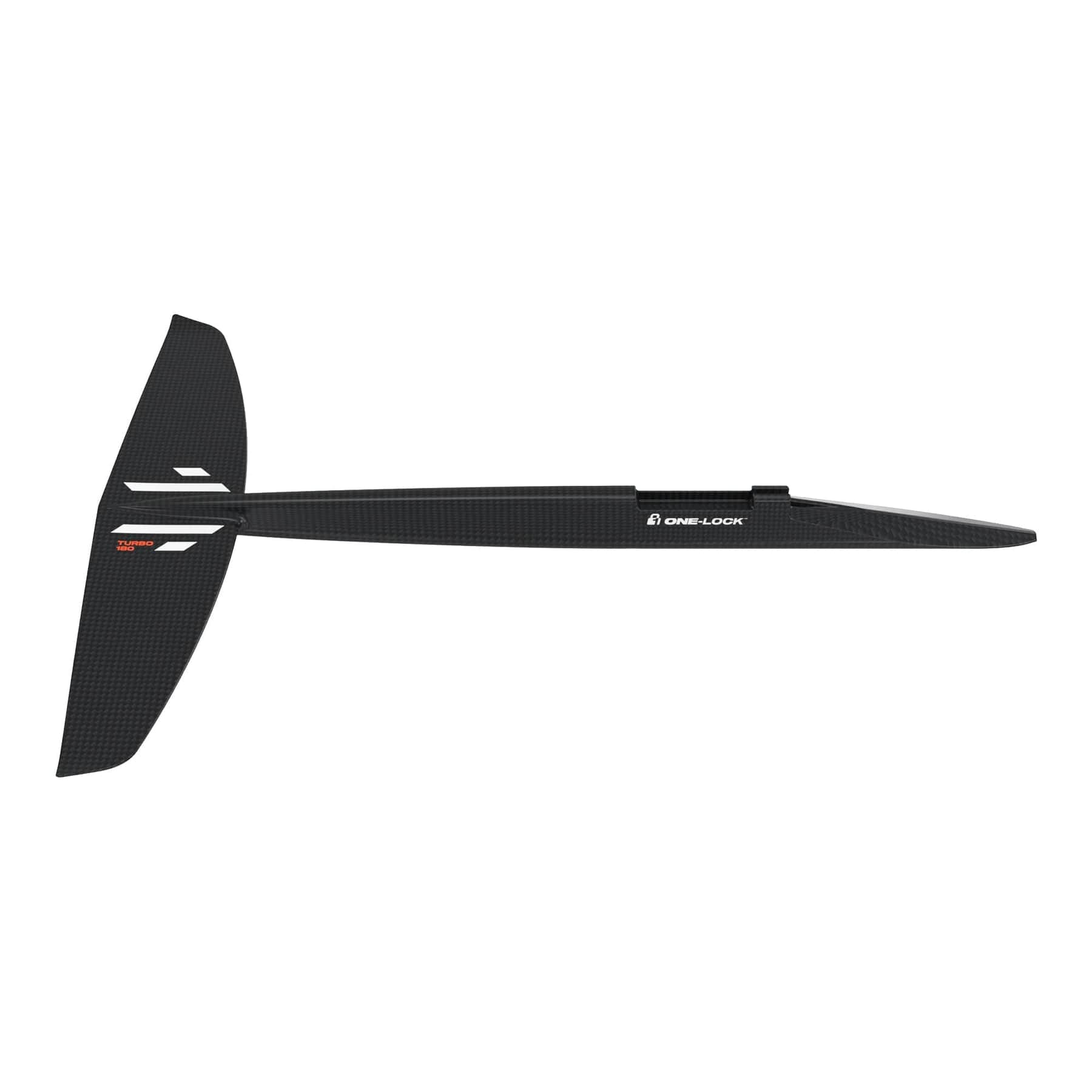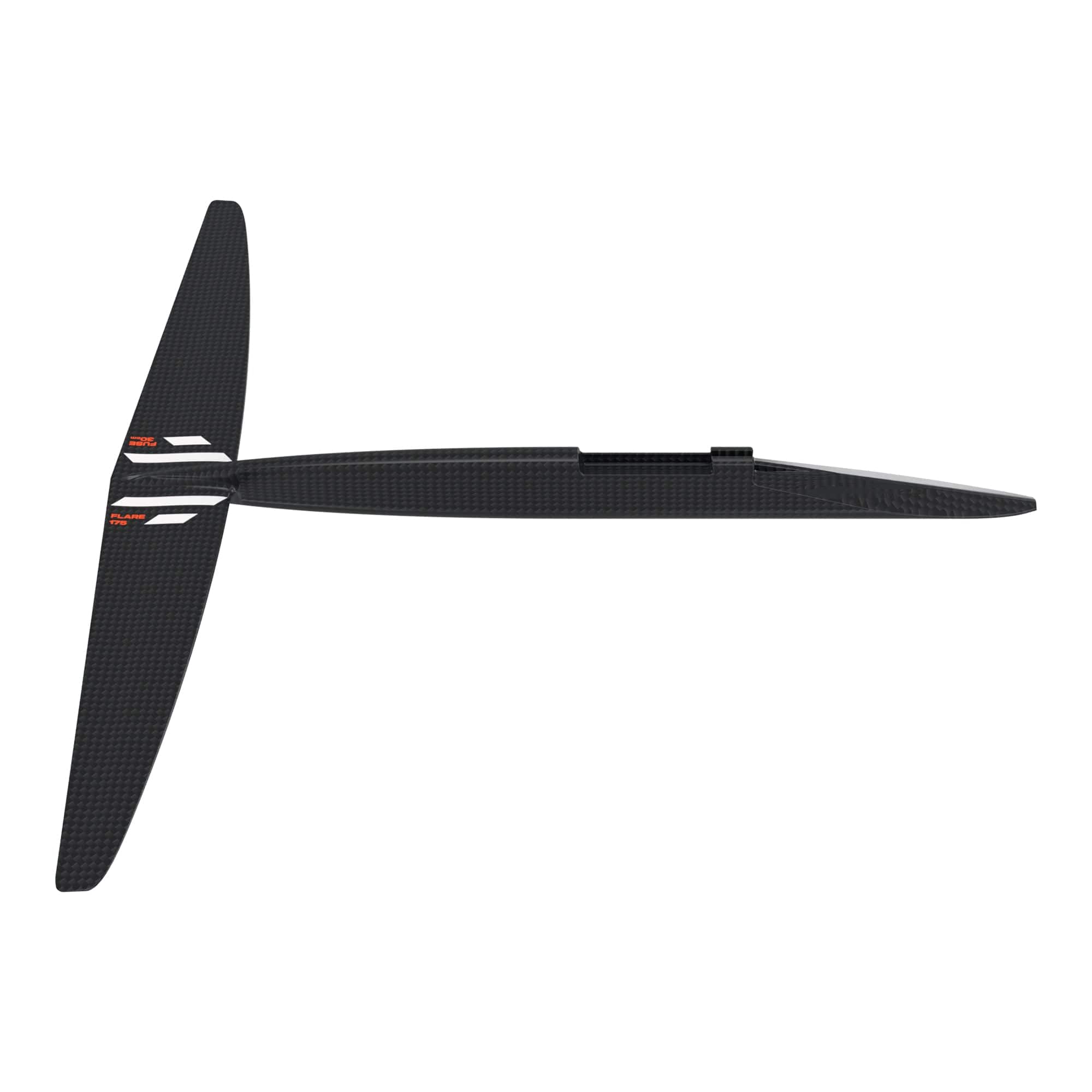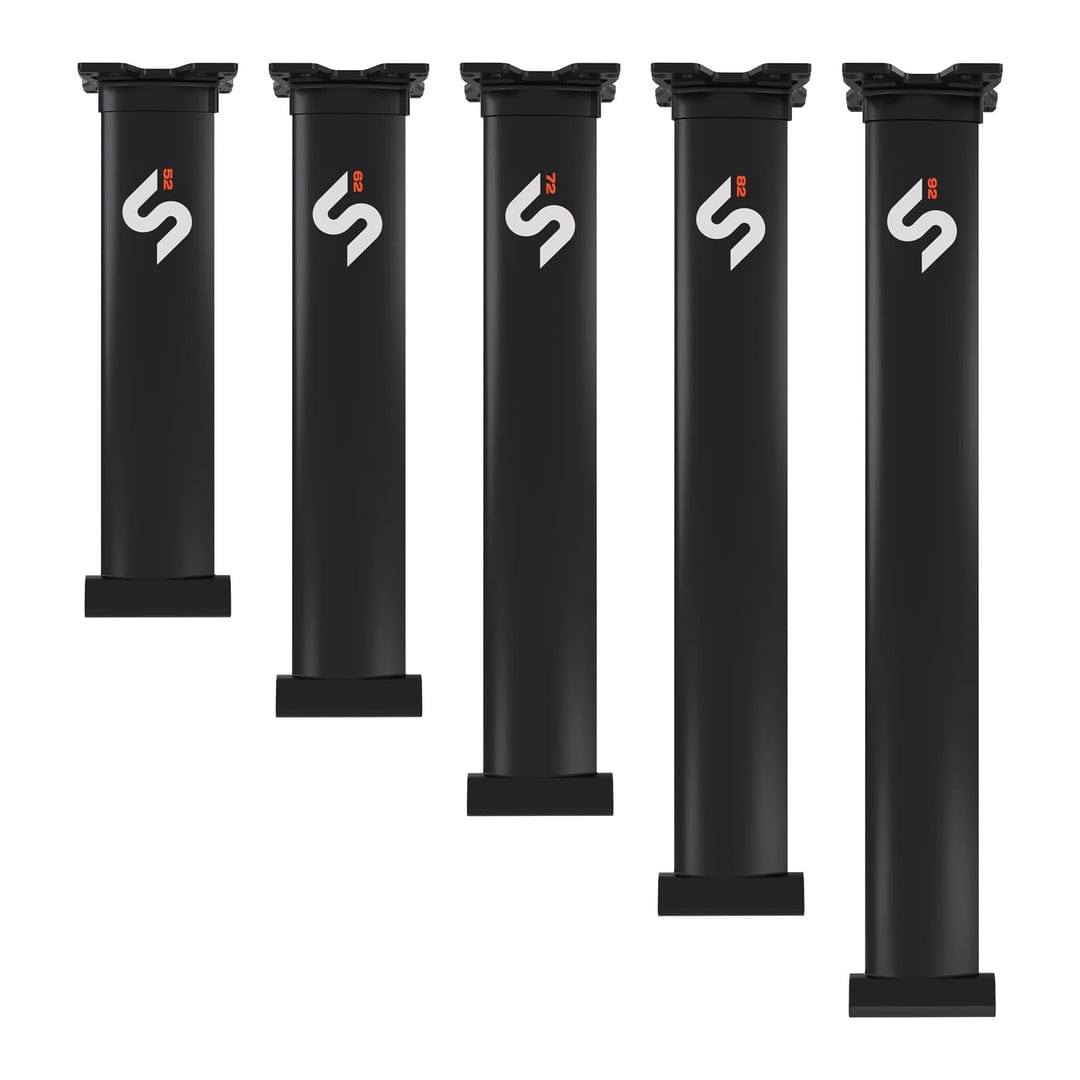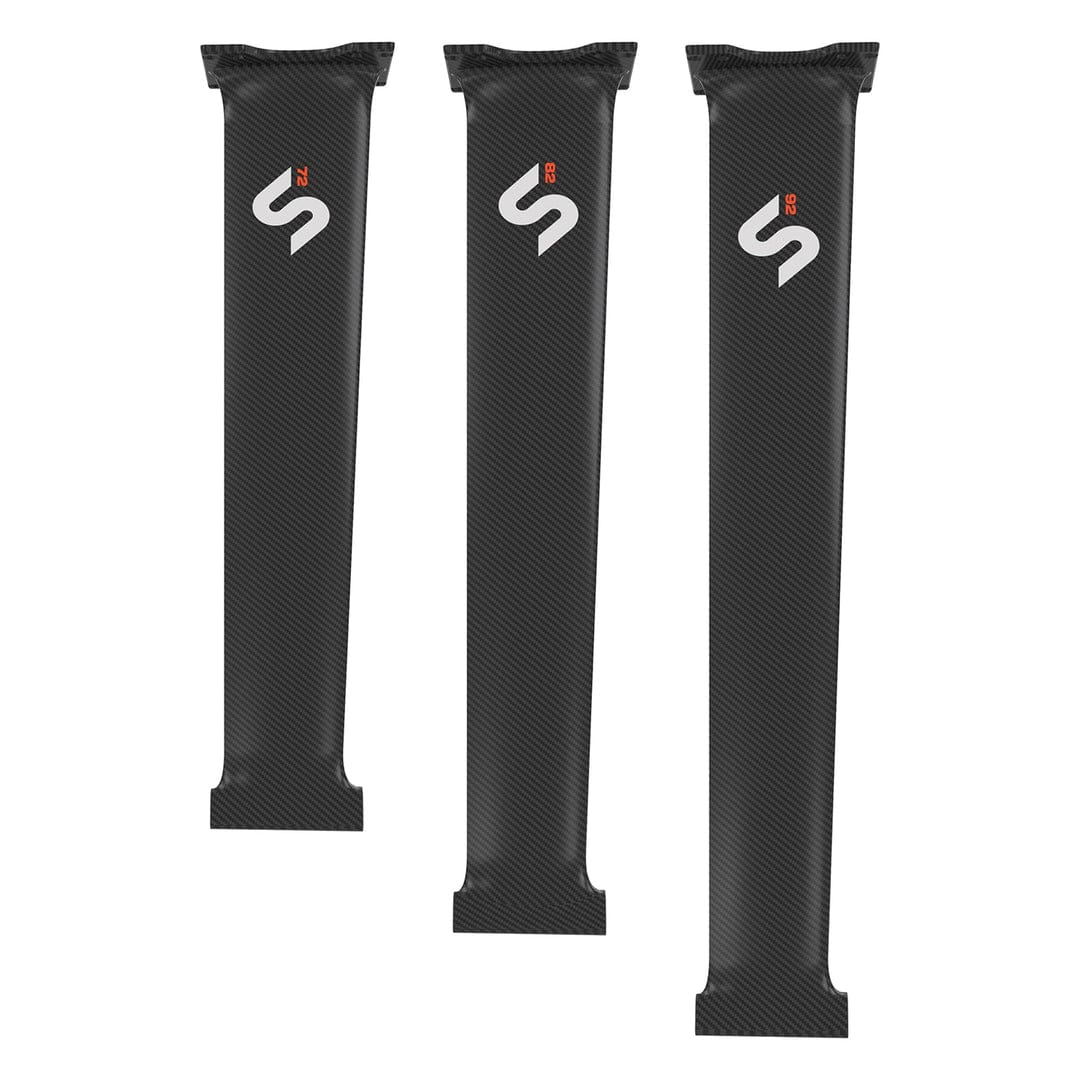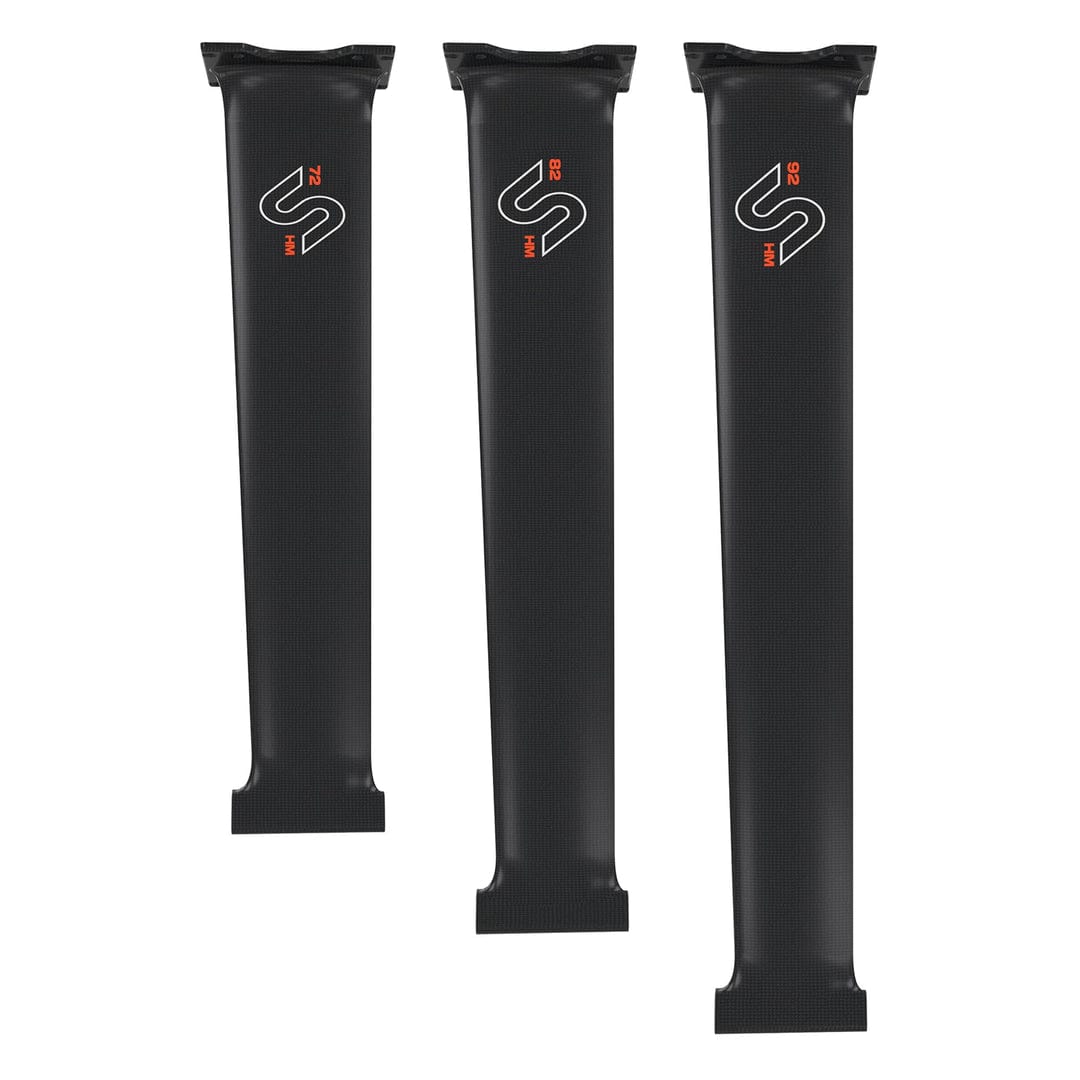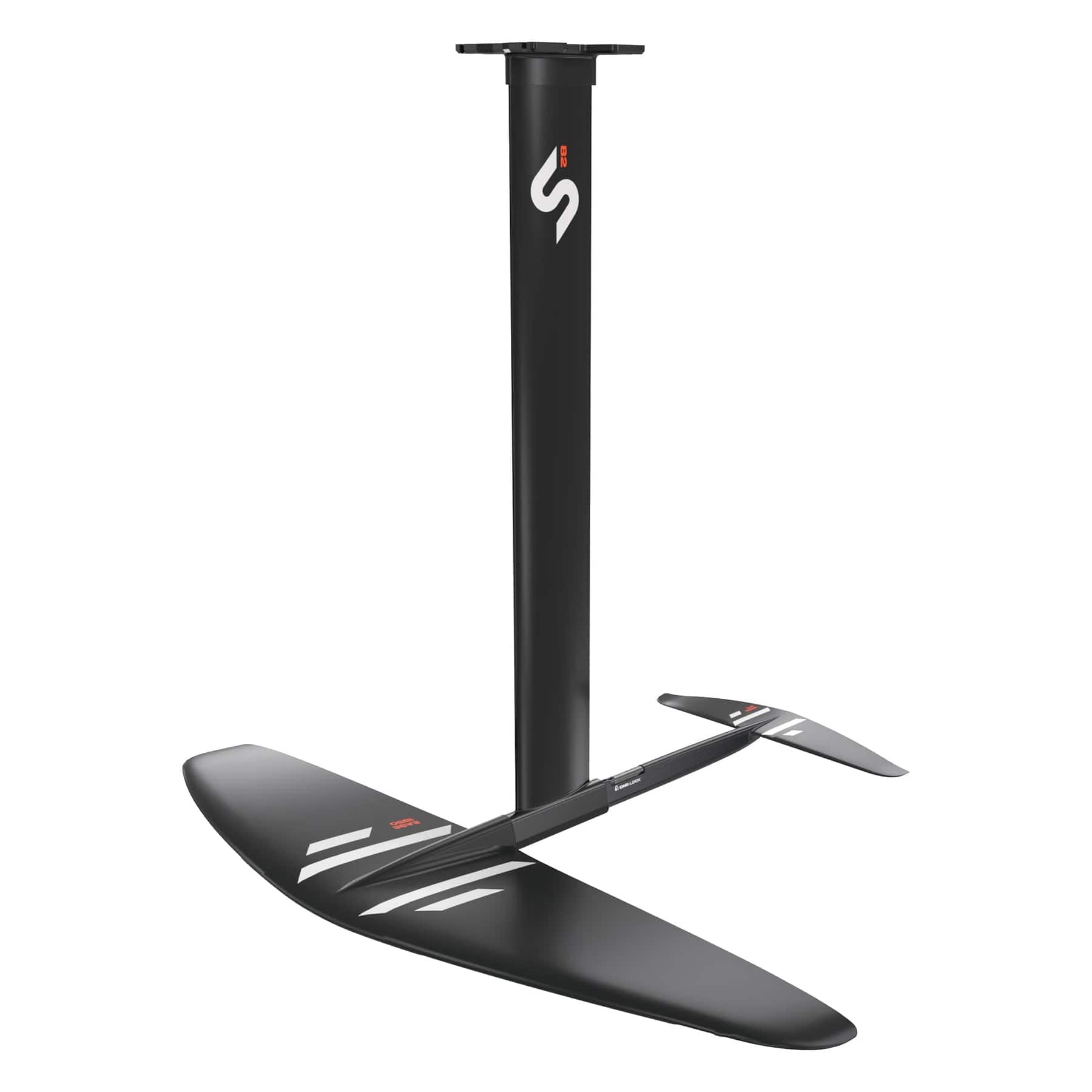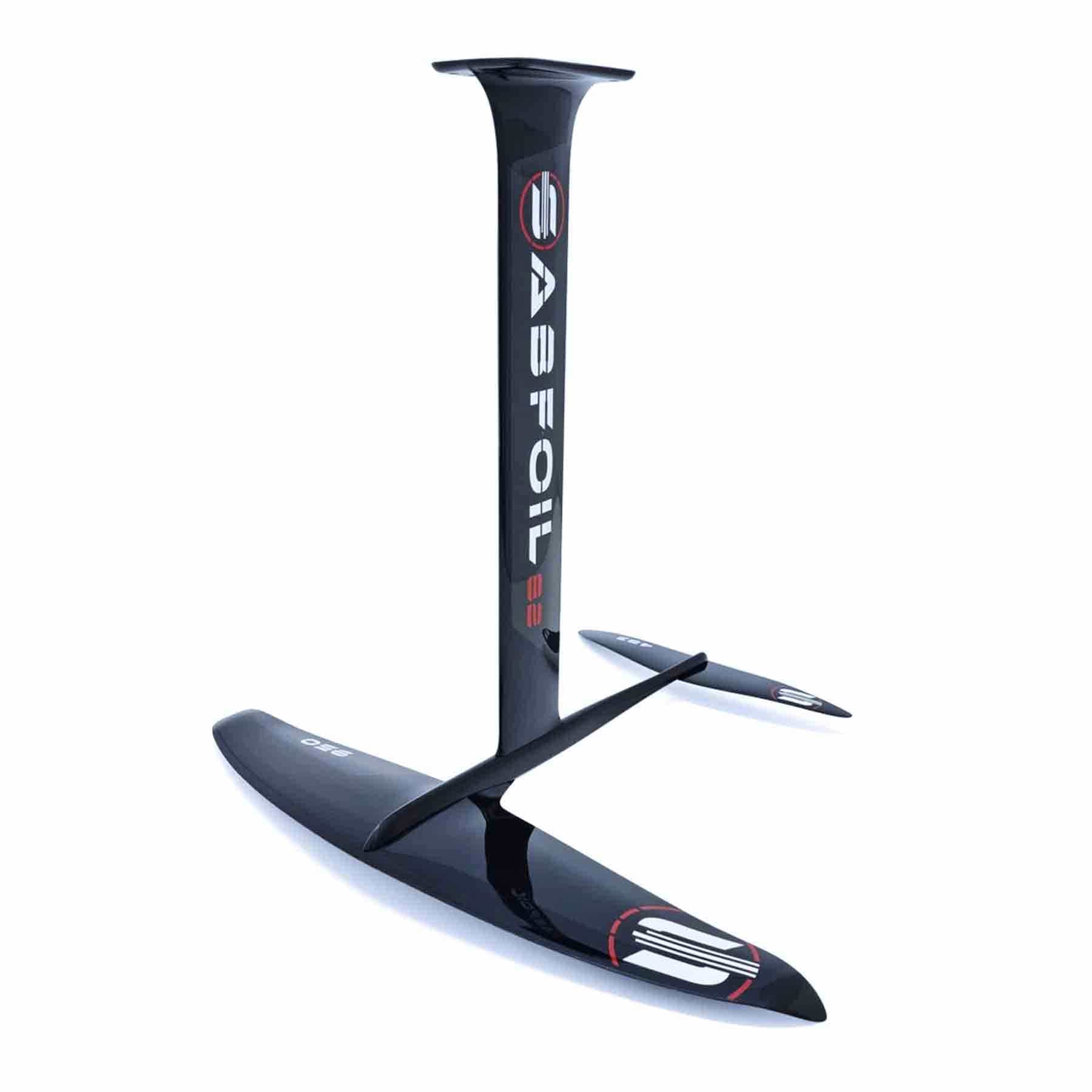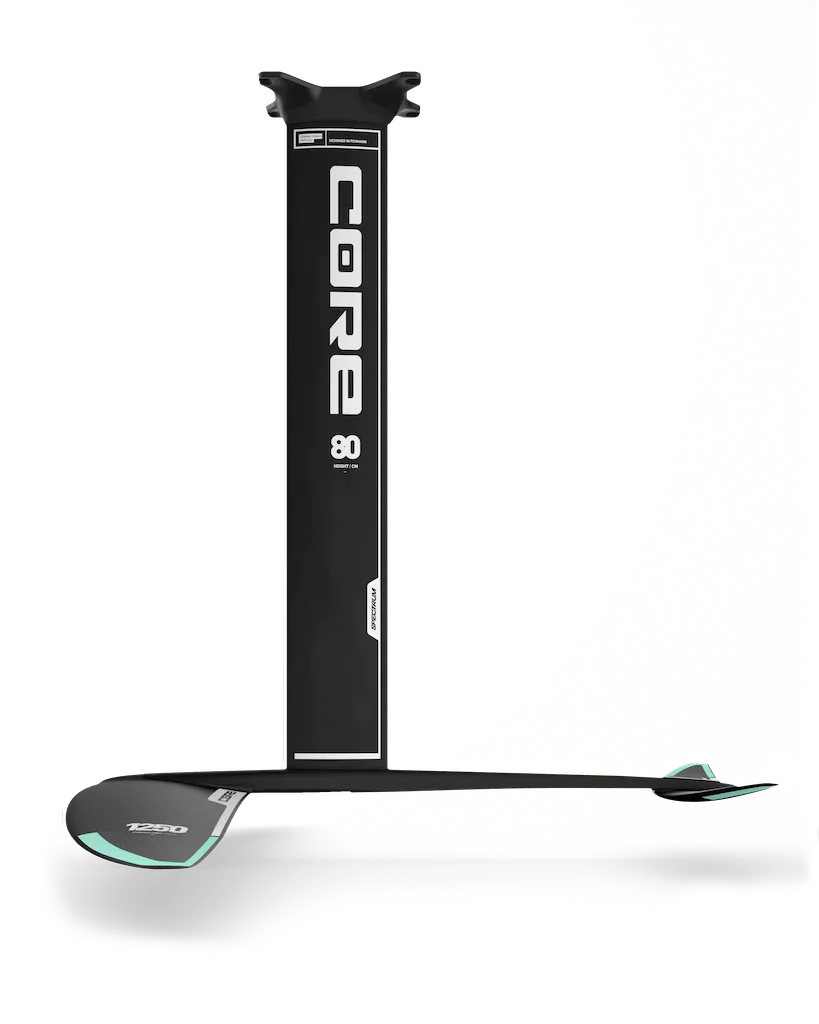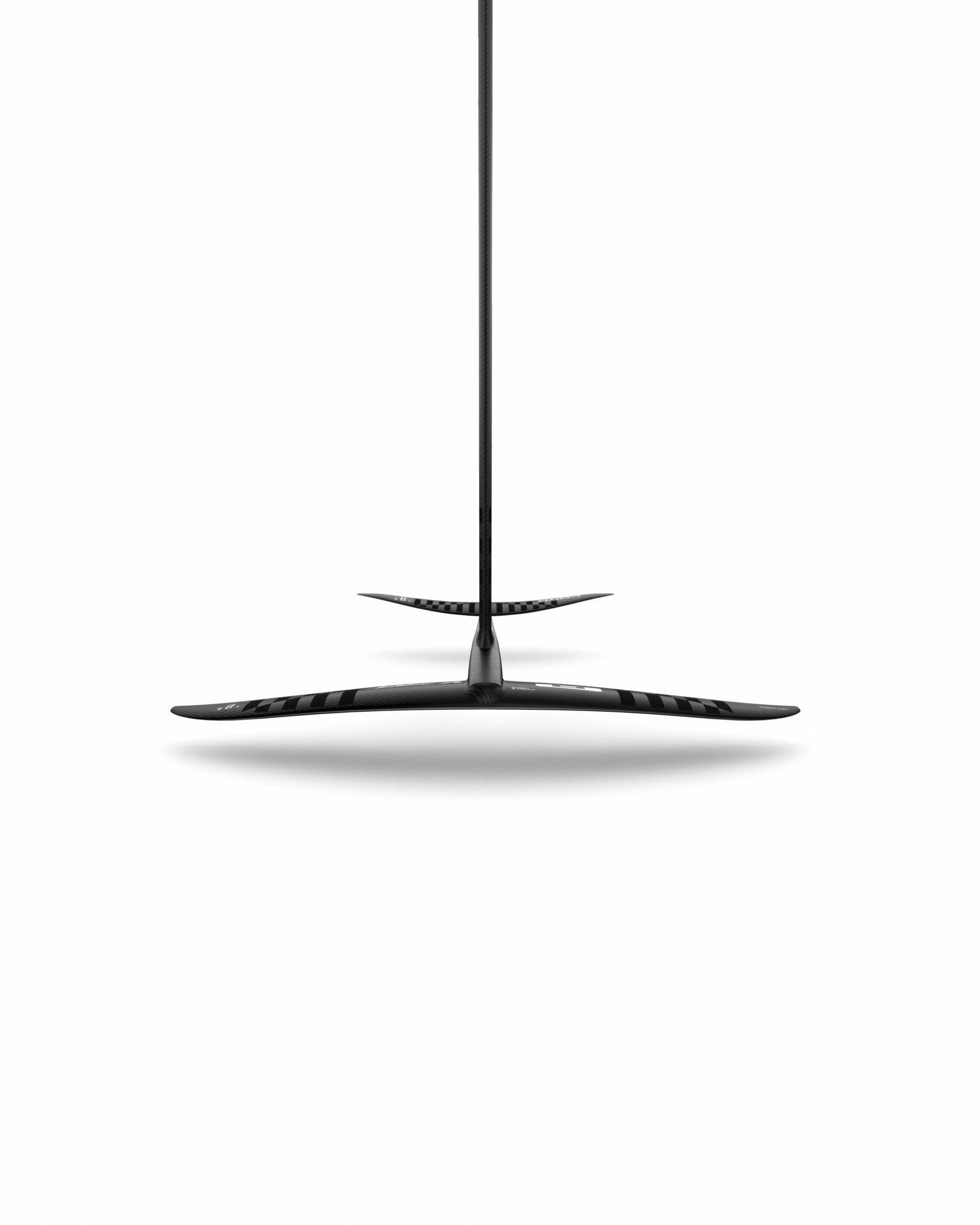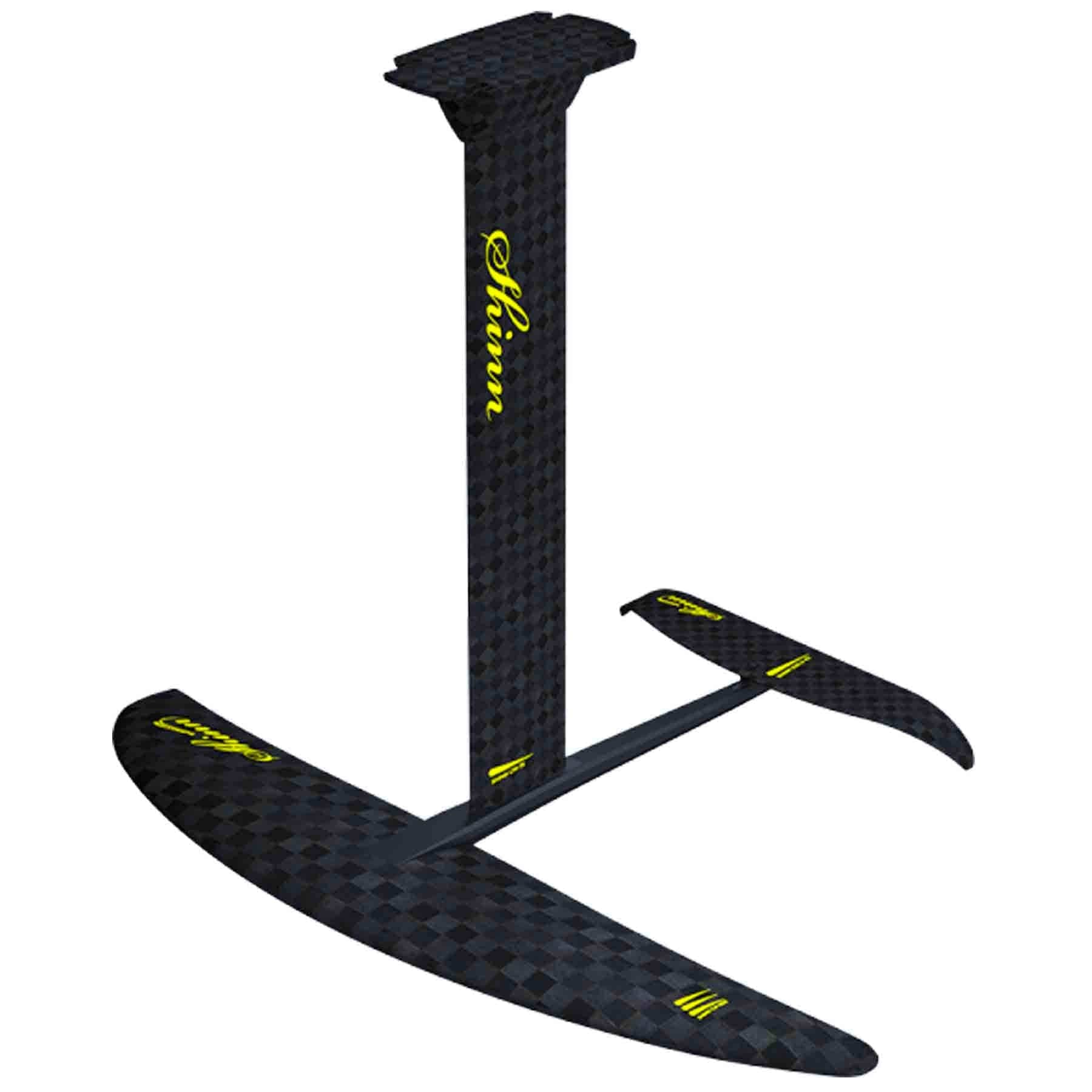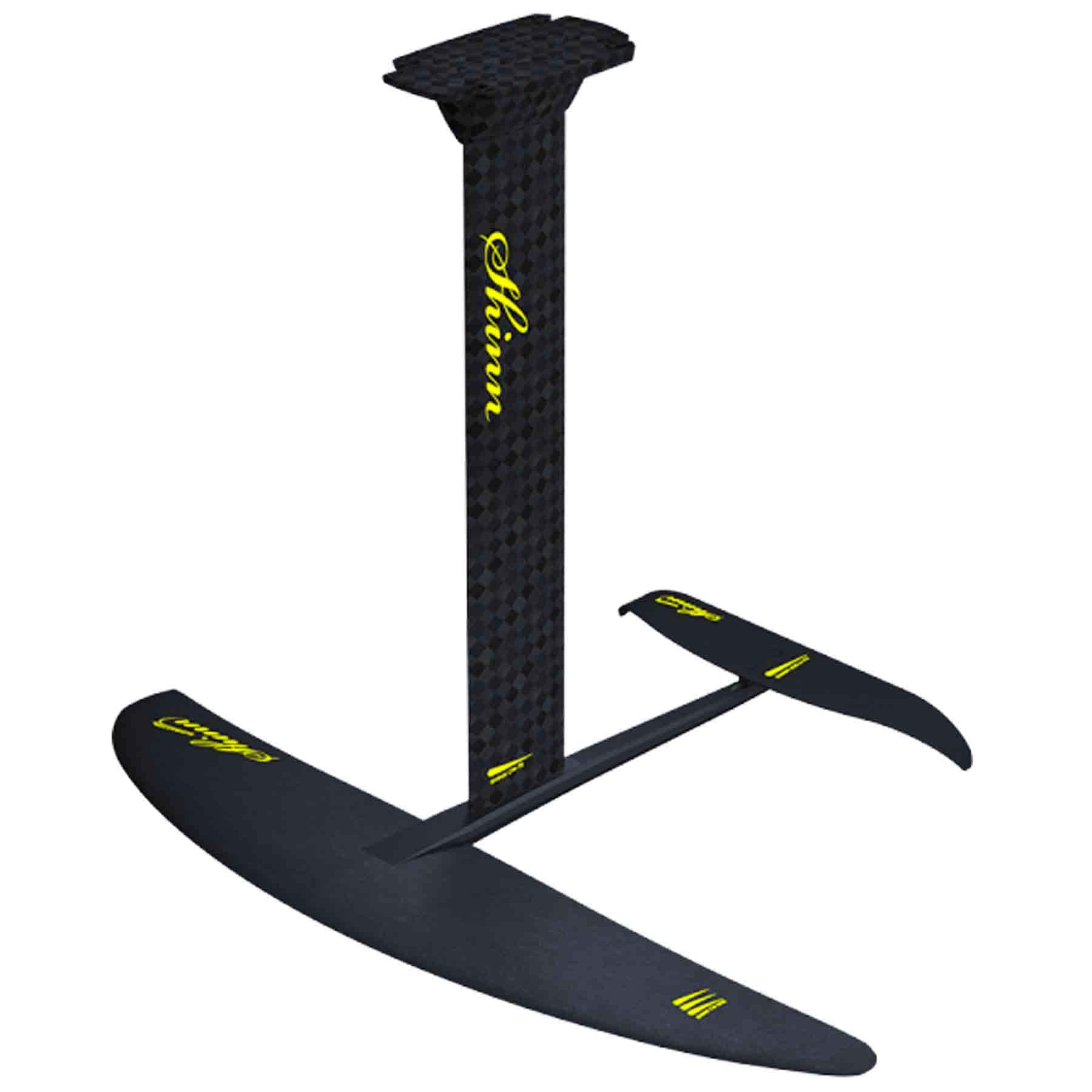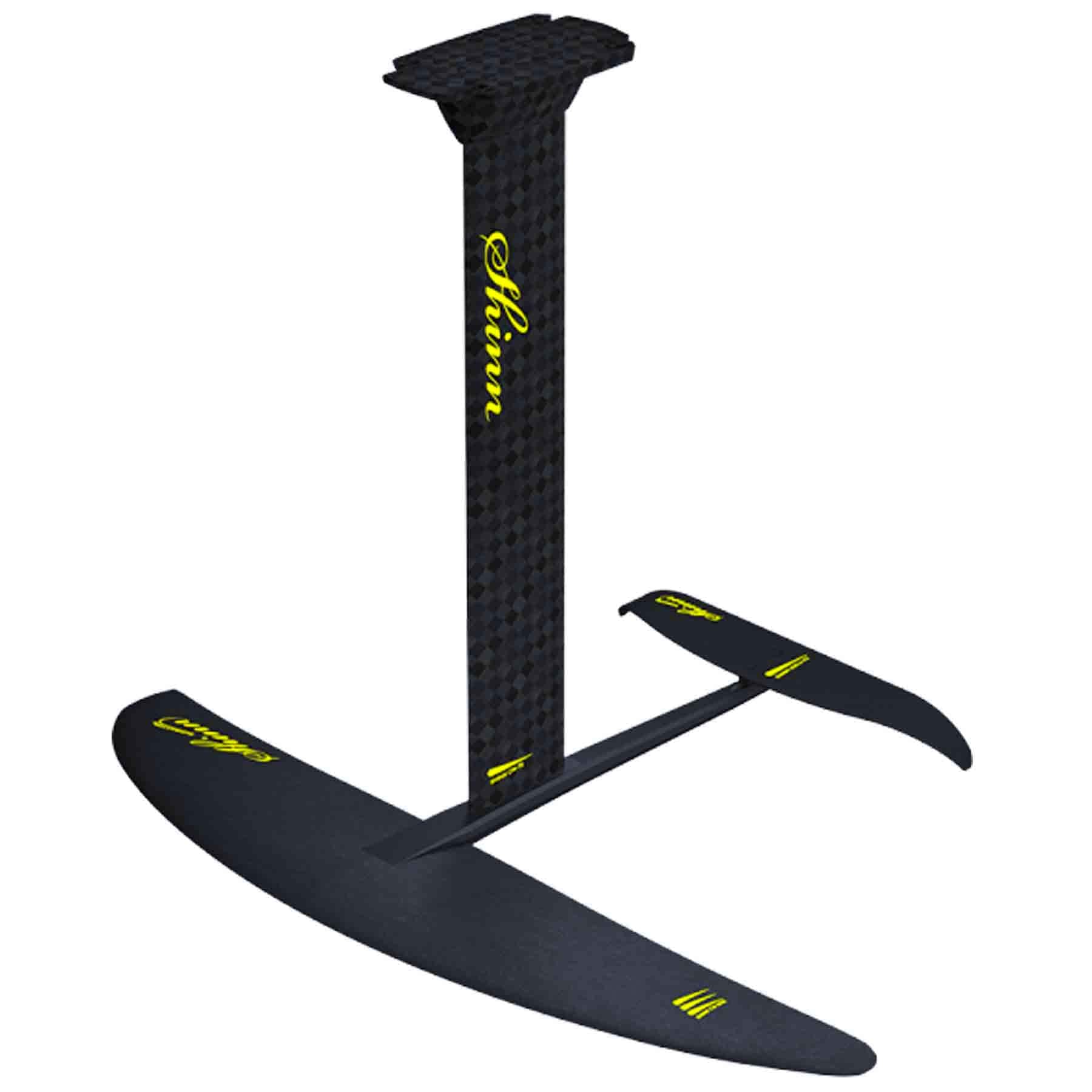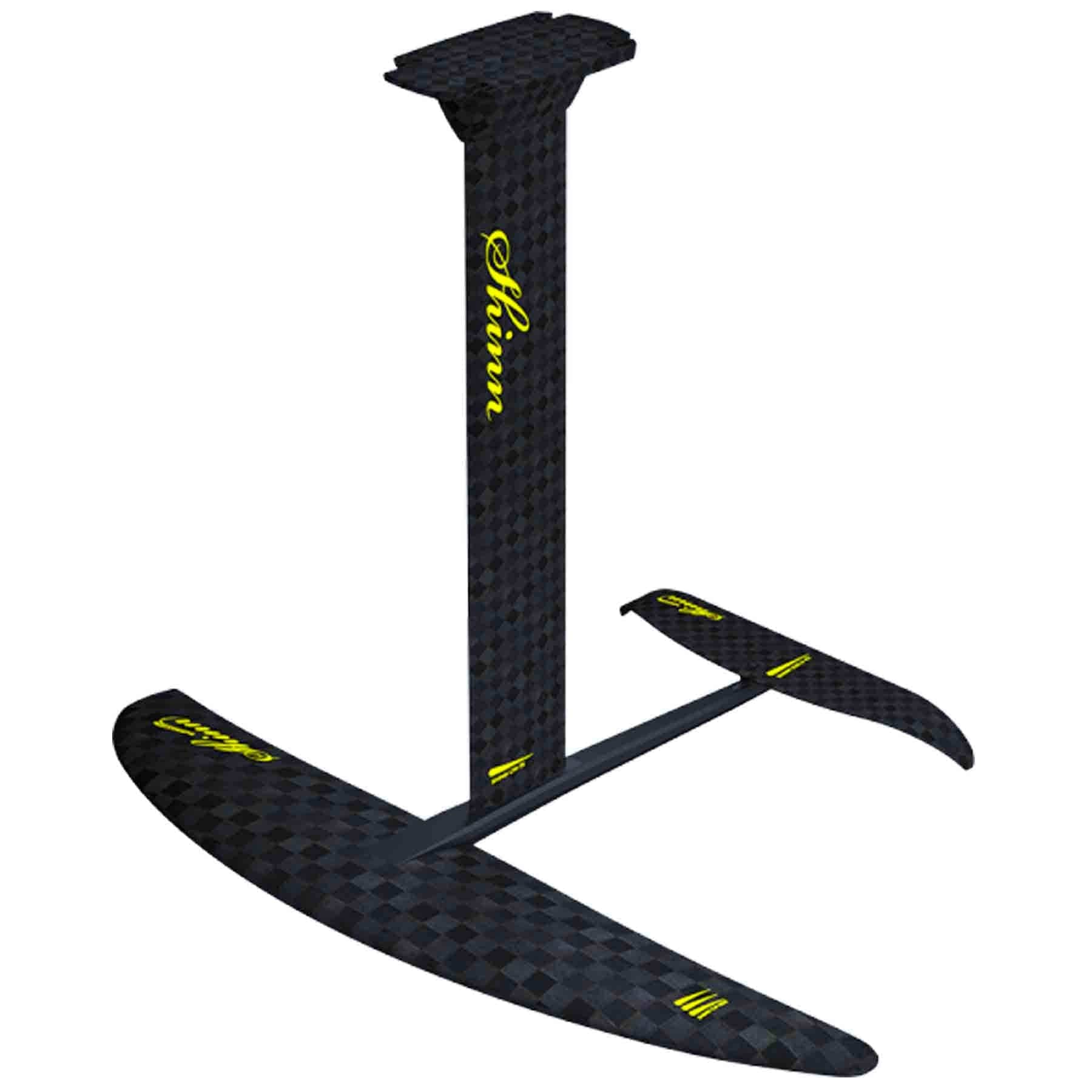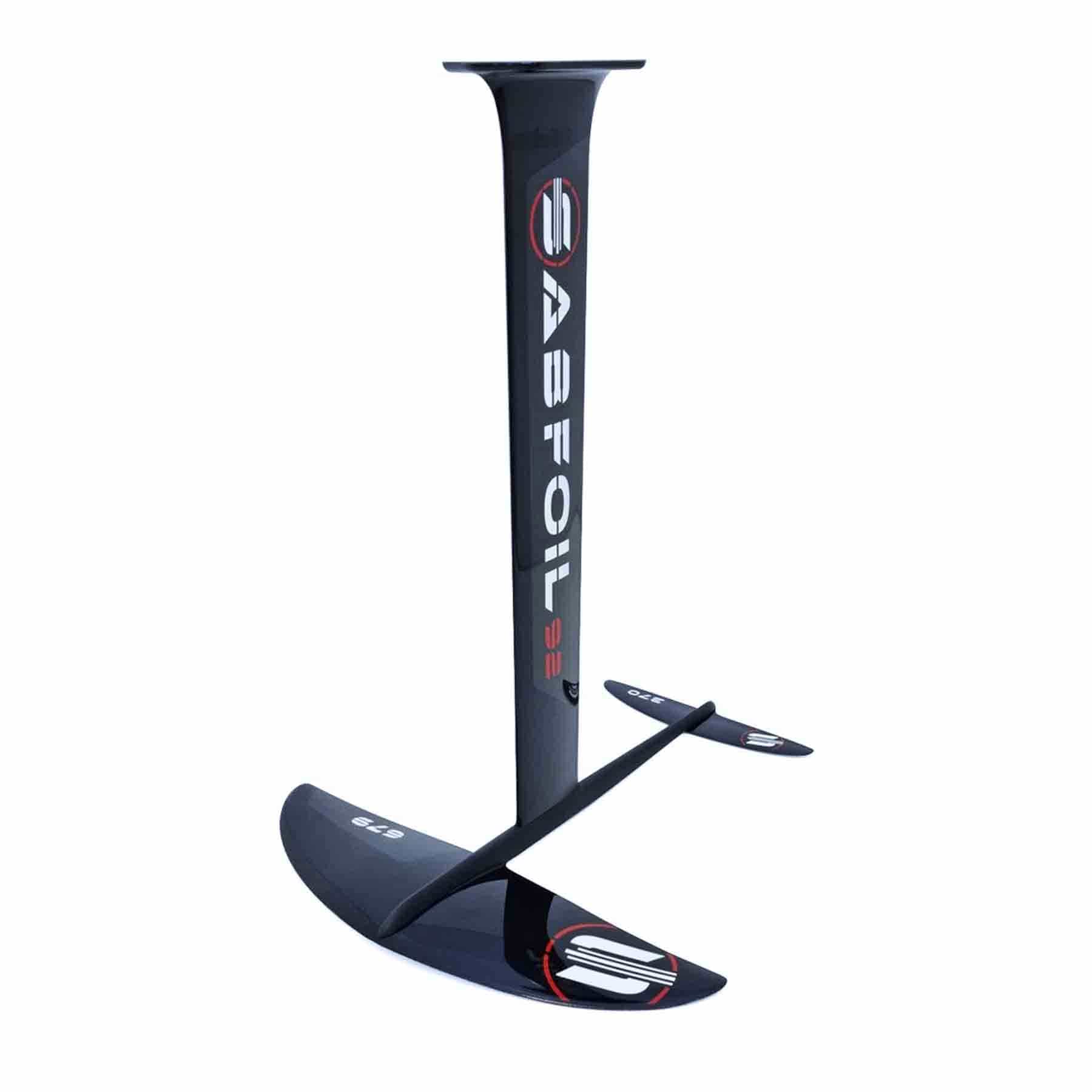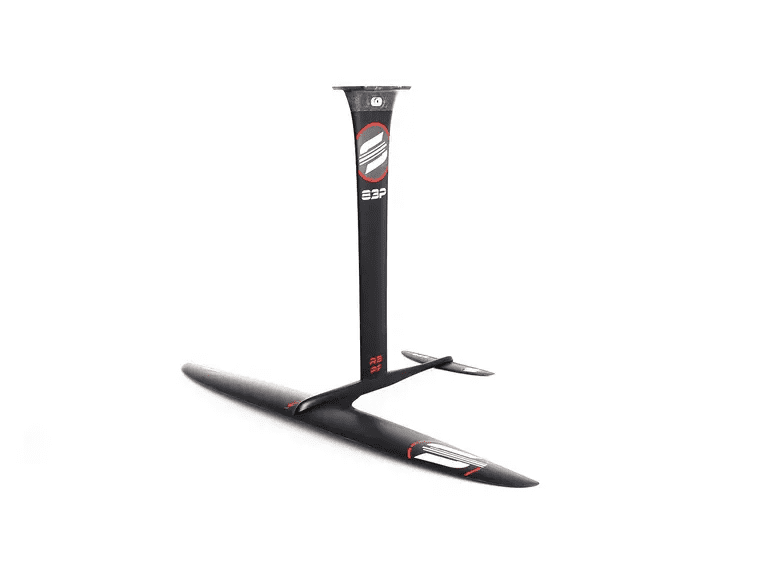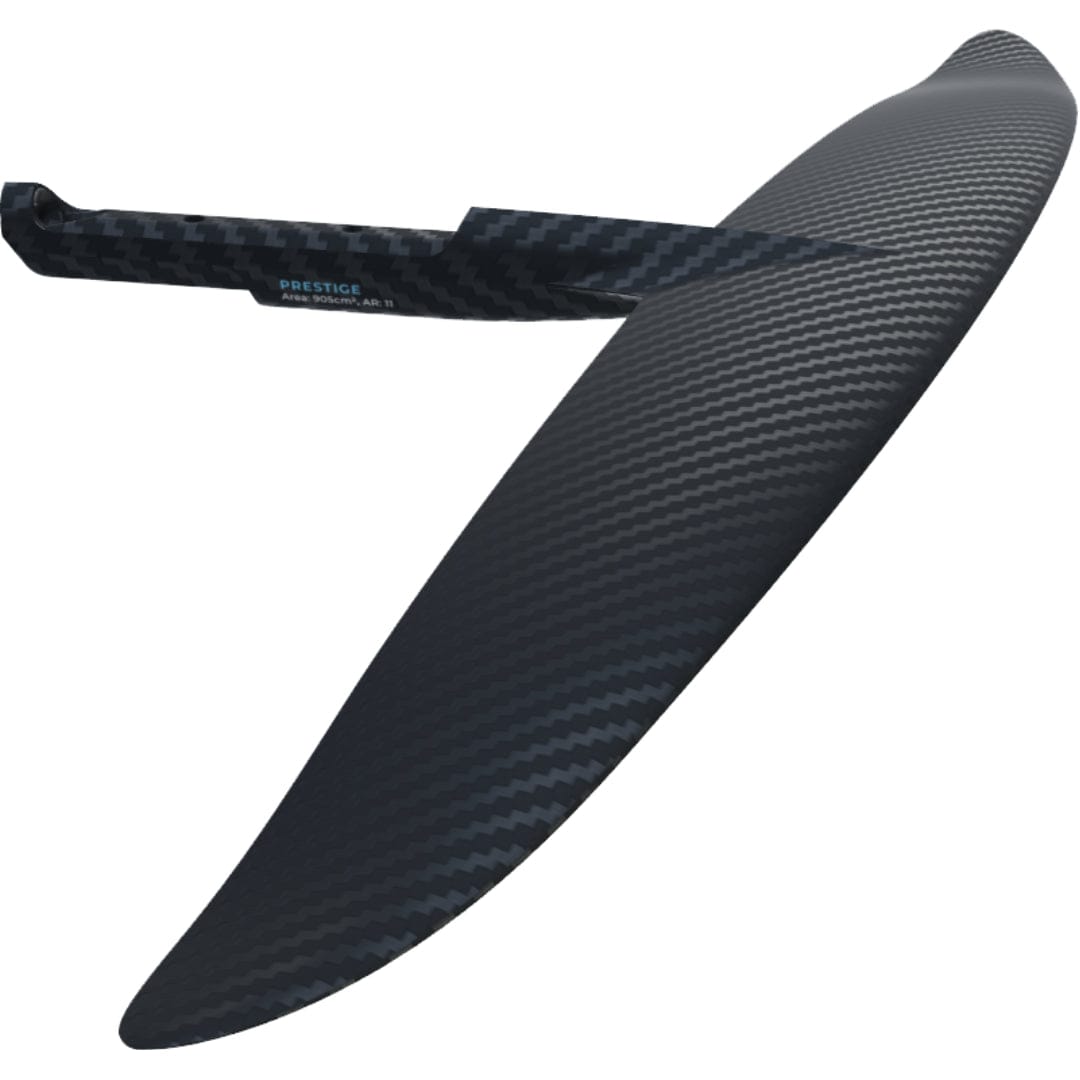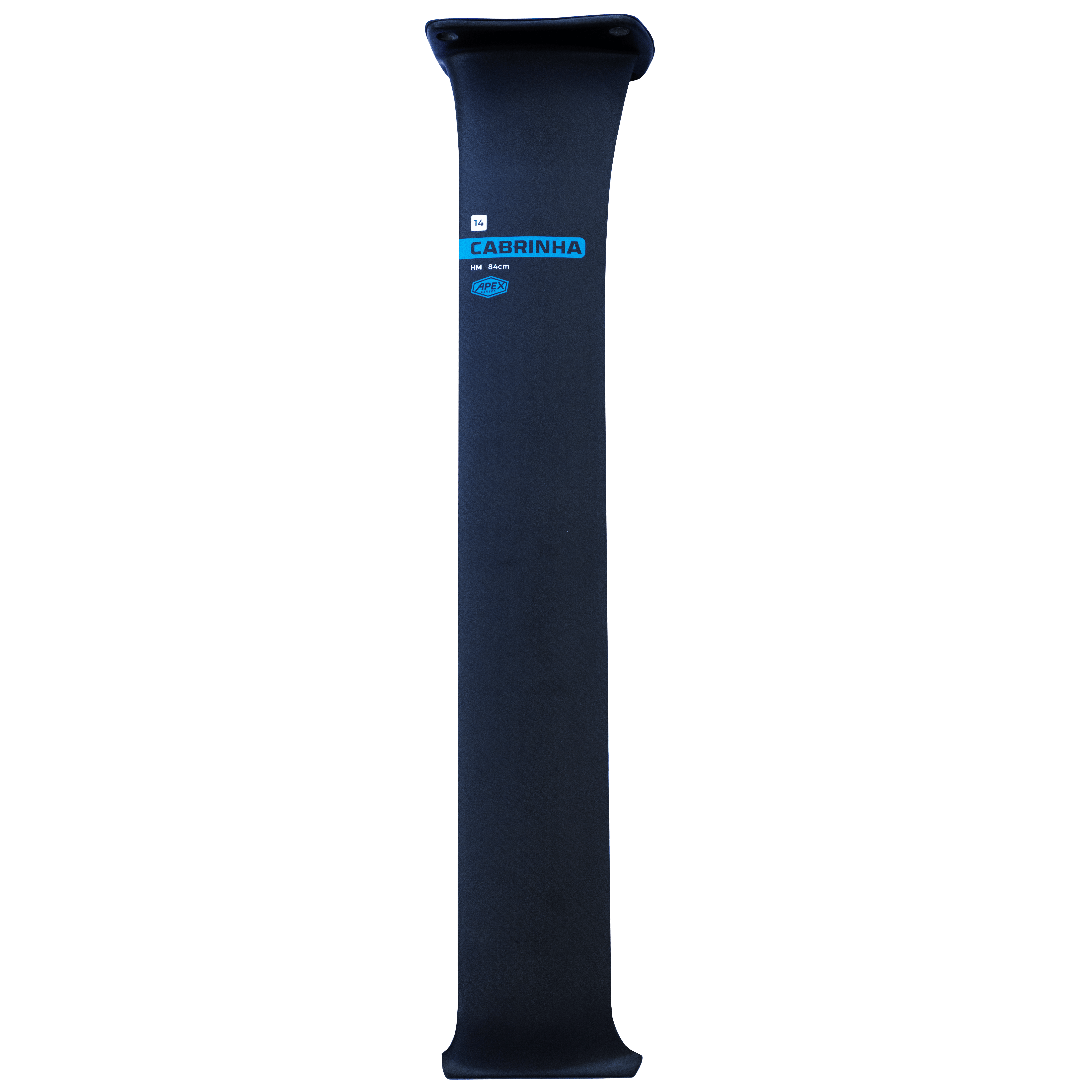Filter
Sort by
Wing Foil Foils
Wing foil foils, often referred to simply as hydrofoils, are the technological marvels that revolutionize the water sport of wing foiling. These submerged wing-shaped structures attached to the bottom of a wing foil board play a pivotal role in lifting the board above the water's surface, creating a smooth and dynamic riding experience.
Designed to carry the heaviest loads, fly at the slowest of speeds, and pump further whilst offering amazing pumpability, great manoeuvrability Wingsurfing Foils will have you riding the open ocean swell with no need for a breaking wave. Available at S2AS. Here's a closer look at the key aspects of wing foil:
Key Components and Design:
-
Mast: The mast is the vertical strut that extends down from the wing foil board into the water. It provides the necessary height for the foil wings to lift the board and rider above the water's surface.
-
Wings: Foil wings are the horizontal components of the hydrofoil, responsible for generating lift. They come in various shapes and sizes, influencing the foil's performance, stability, and maneuverability. Front wings provide lift, while rear wings contribute to stability and control.
-
Fuselage: The fuselage connects the mast to the foil wings, providing a structural framework for the entire hydrofoil assembly. Its design influences the foil's overall stability and responsiveness.
Hydrofoil Technology:
-
Lift and Efficiency: The primary function of wing foil is to generate lift, allowing the board to rise above the water's surface. The hydrodynamic design of the wings minimizes drag, enhancing efficiency and enabling riders to achieve and maintain higher speeds.
-
Materials: Hydrofoil components are typically constructed from lightweight yet durable materials such as aluminum, carbon fiber, or a combination of both. This ensures strength and rigidity while keeping the overall weight of the foil at a minimum.
Choosing the Right Foil:
-
Skill Level: Foils come in various designs suitable for different skill levels. Beginners may benefit from larger and more stable foils, while advanced riders may prefer smaller, more maneuverable options.
-
Riding Style: Foils can be tailored to specific riding styles, whether it's cruising, freestyle maneuvers, or surfing waves. Some foils offer modular systems, allowing riders to customize their setup based on preferences and conditions.
Maintenance and Care:
-
Rinsing and Inspection: After each session, it's crucial to rinse the foil with fresh water to remove salt and debris. Regularly inspect the foil for any signs of damage, loose components, or wear and tear. Tighten screws and bolts as needed.
-
Storage: When not in use, store the foil in a cool, dry place, away from direct sunlight. Protecting the foil from prolonged exposure to UV rays helps maintain the integrity of the materials.
Innovation and Advancements:
Wing foil continue to undergo technological advancements, with manufacturers exploring new designs, materials, and features. Some foils incorporate features like interchangeable wings, allowing riders to adapt to varying conditions and preferences.
In conclusion, wing foil are the unsung heroes of wing foiling, transforming the sport into a mesmerizing dance with the wind and water. As technology advances and design innovations continue, the hydrofoil remains at the forefront of providing riders with an unparalleled and thrilling experience in the world of wing foiling.
Moses | Ride Engine | Shinn | Slingshot

